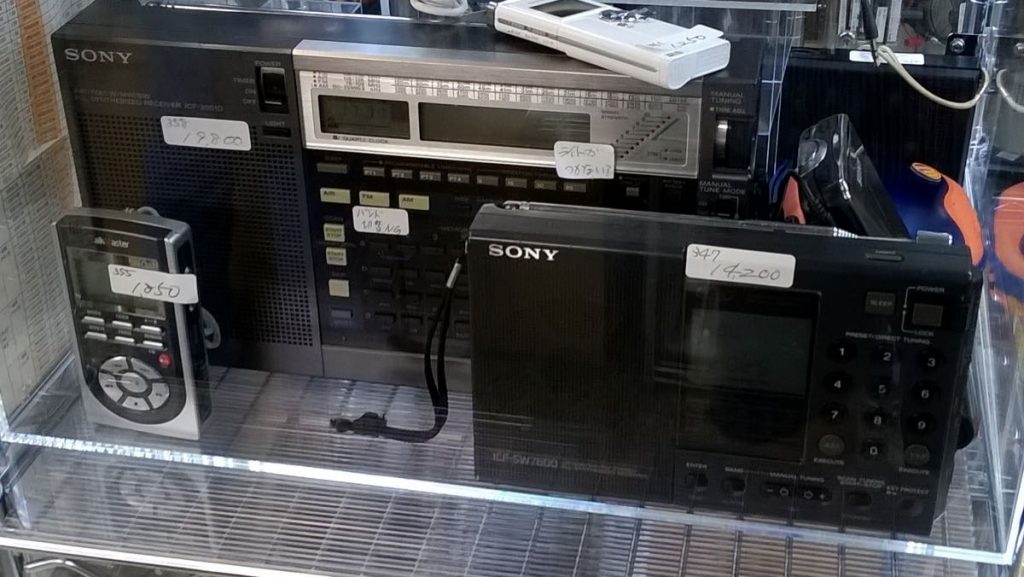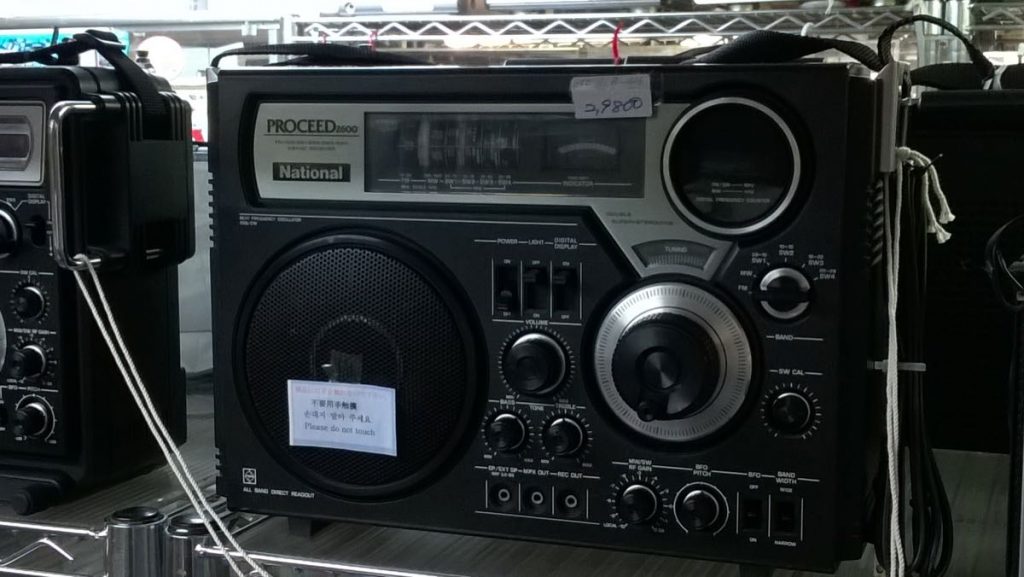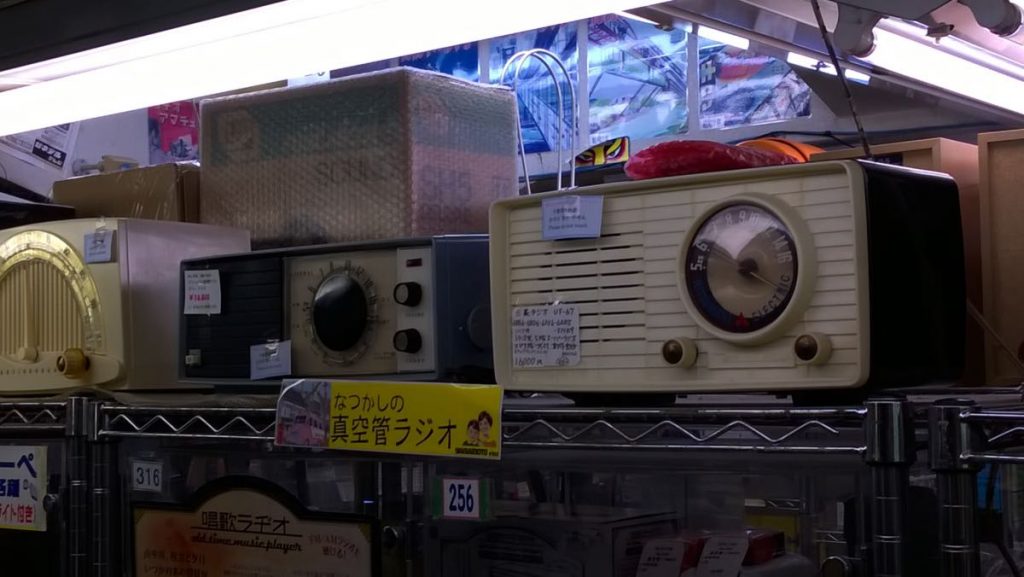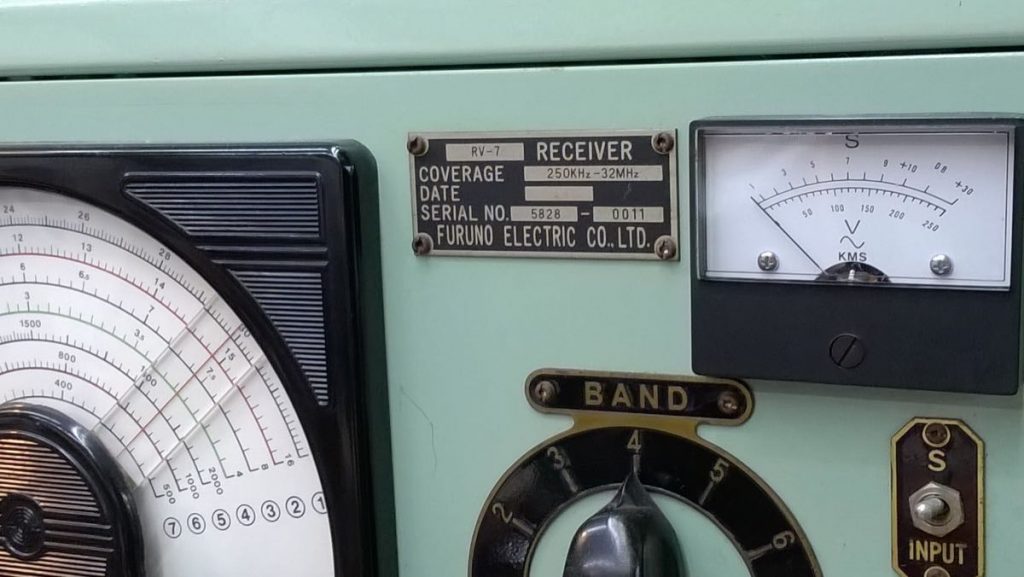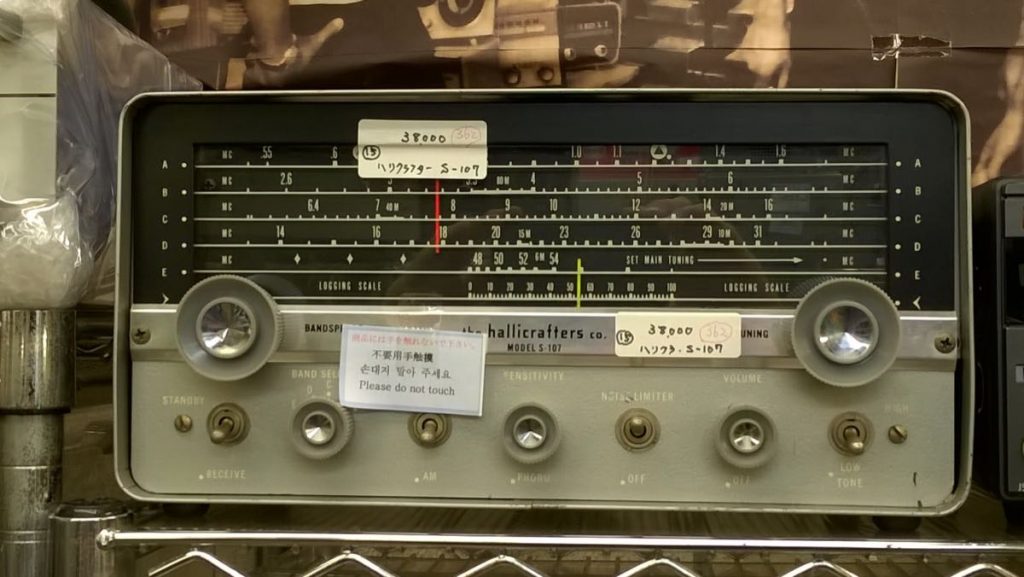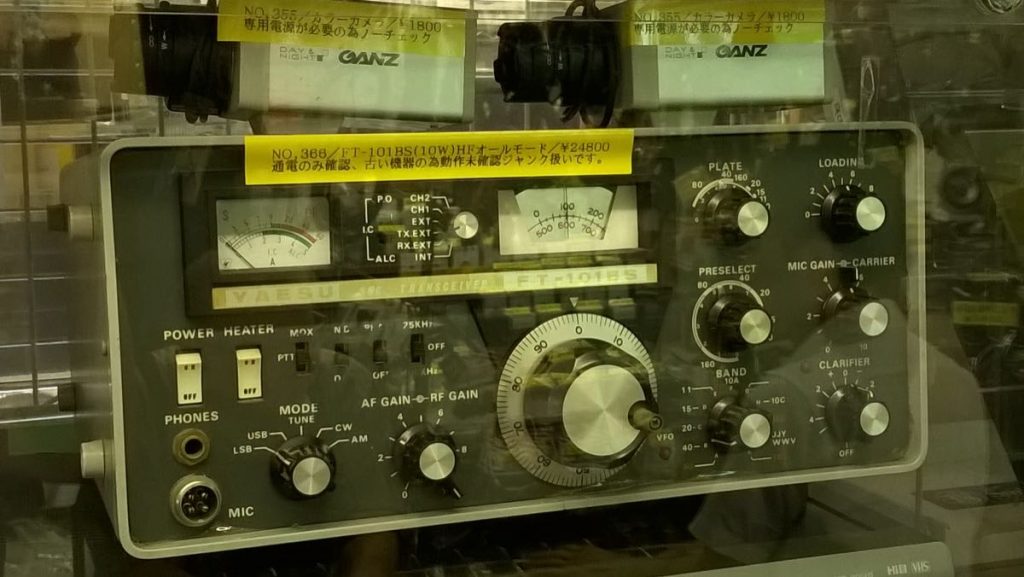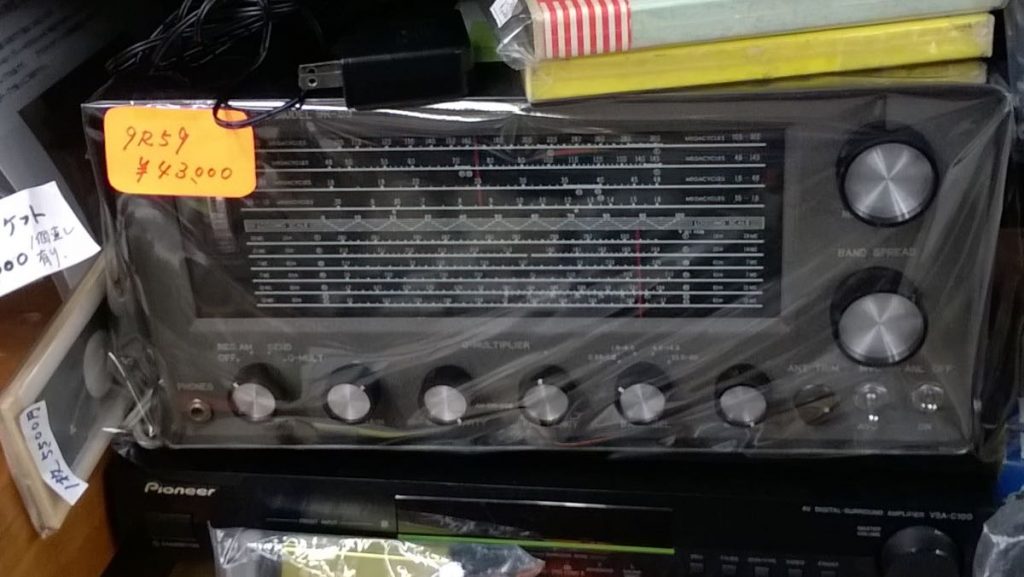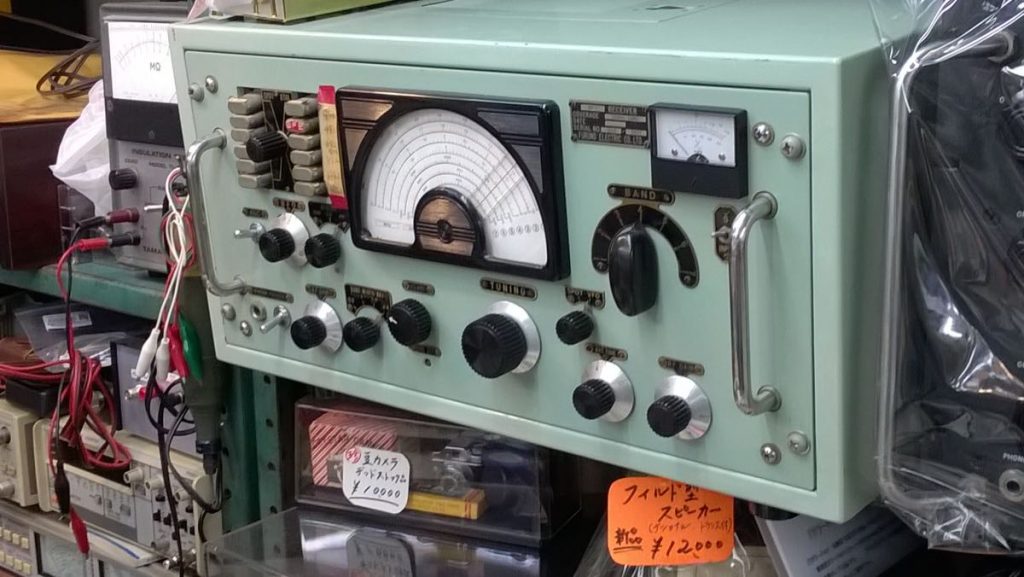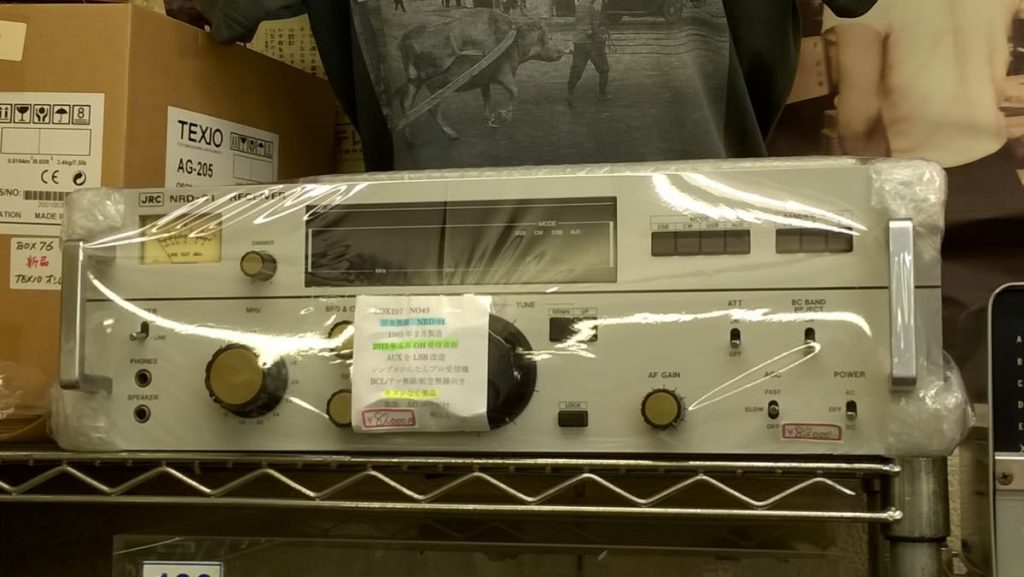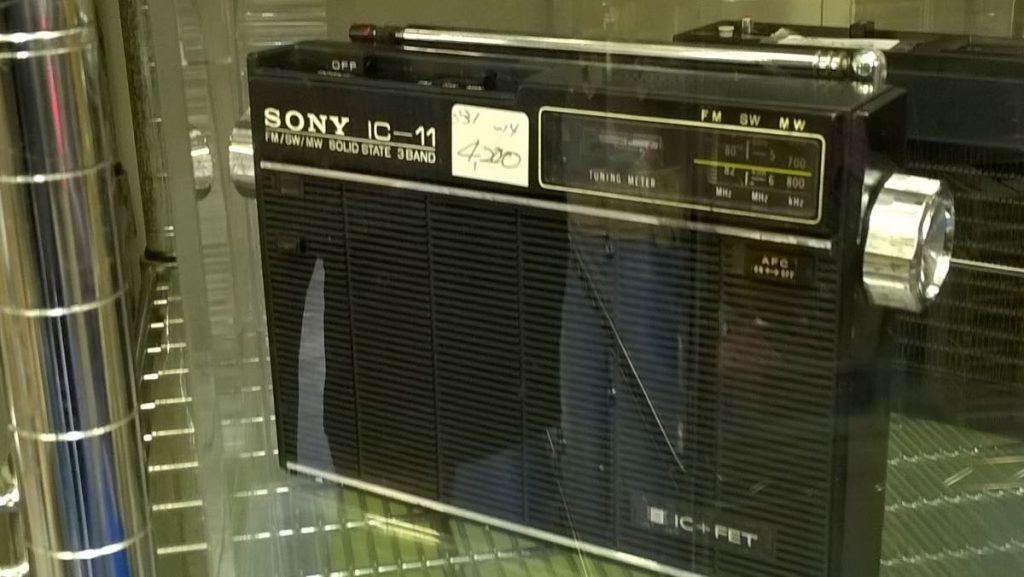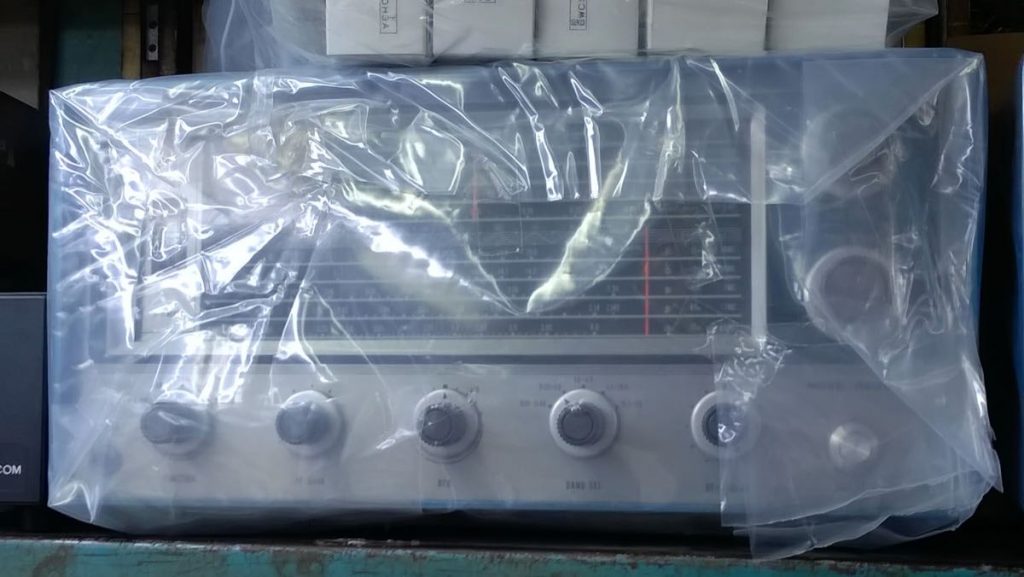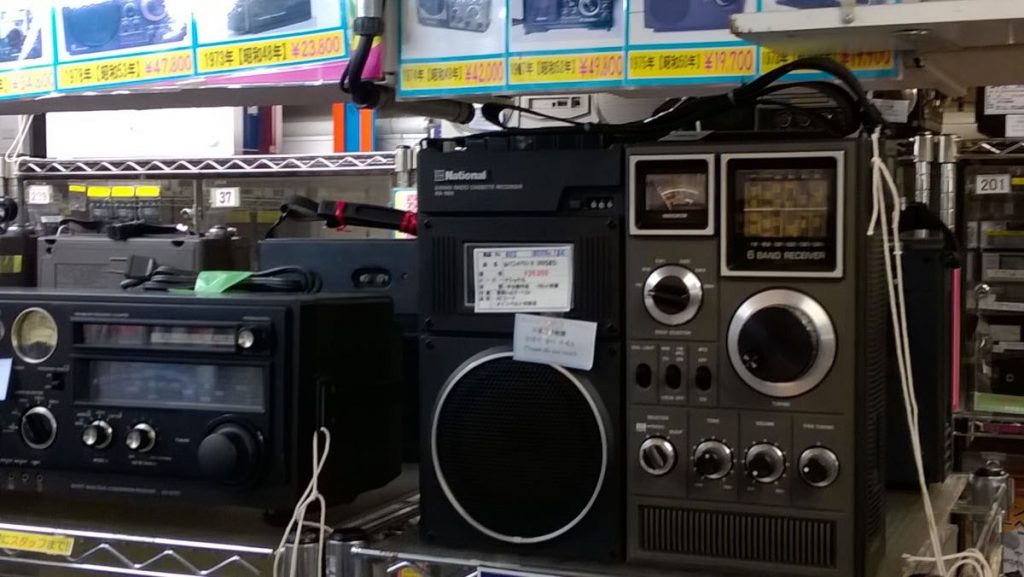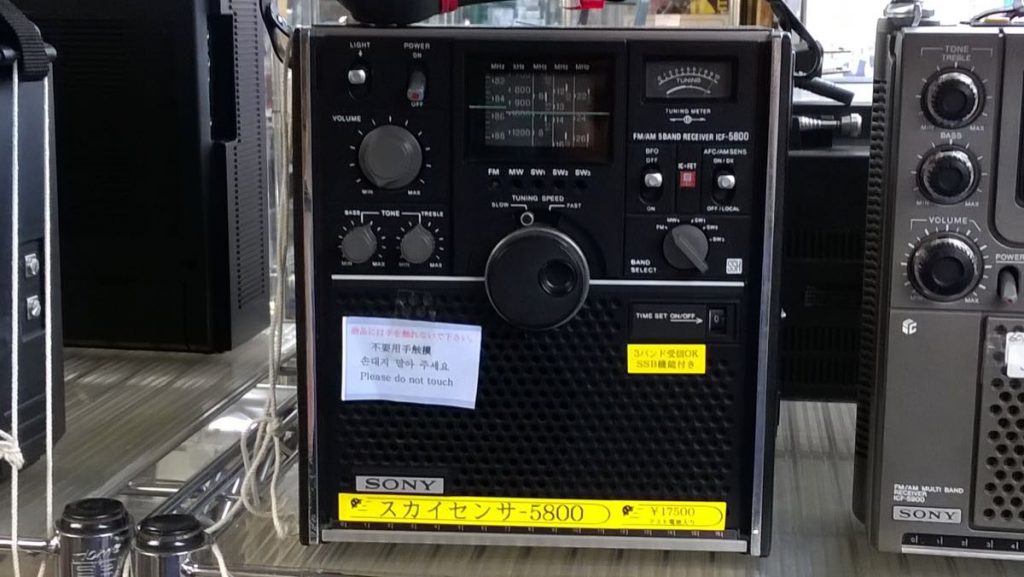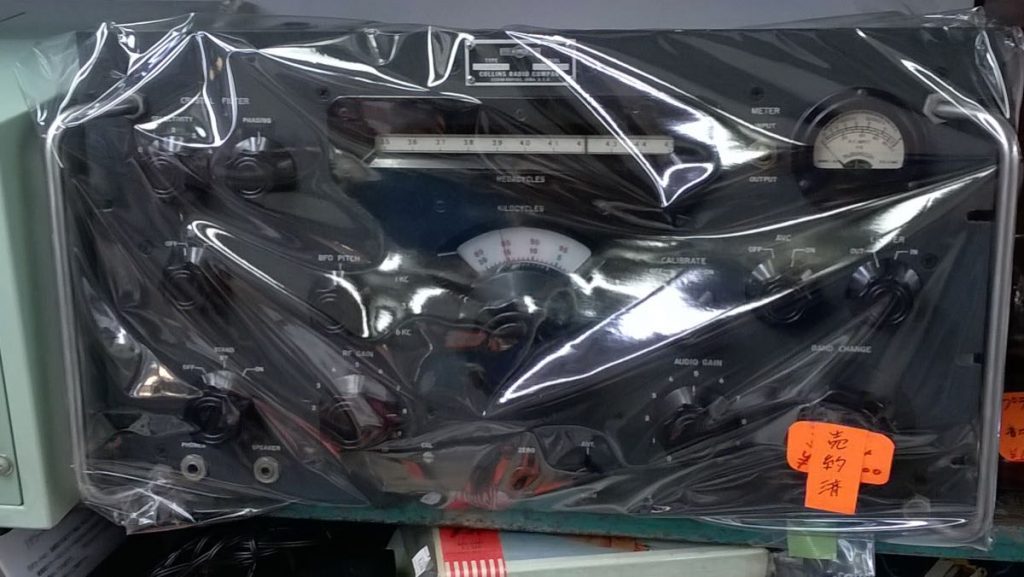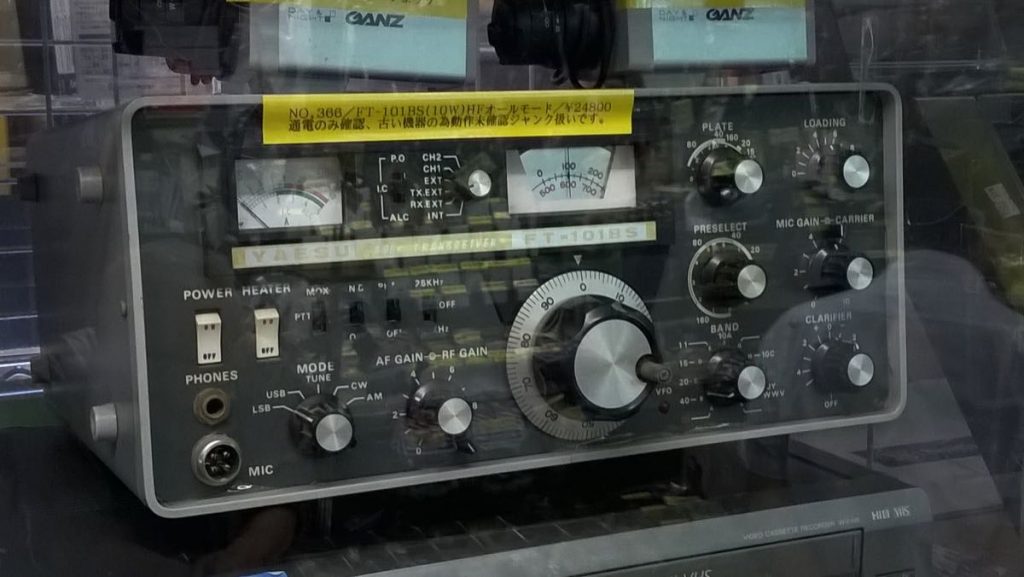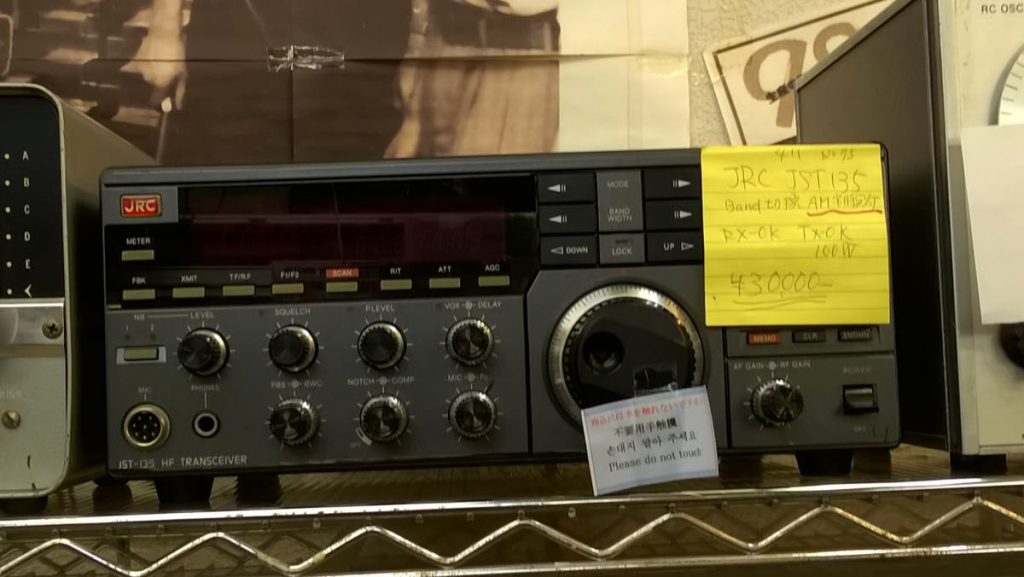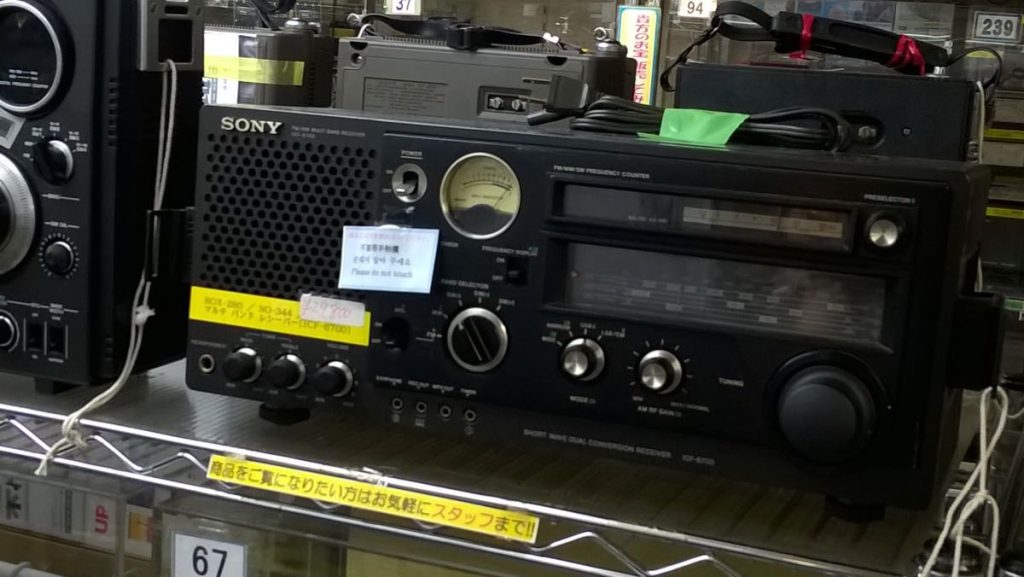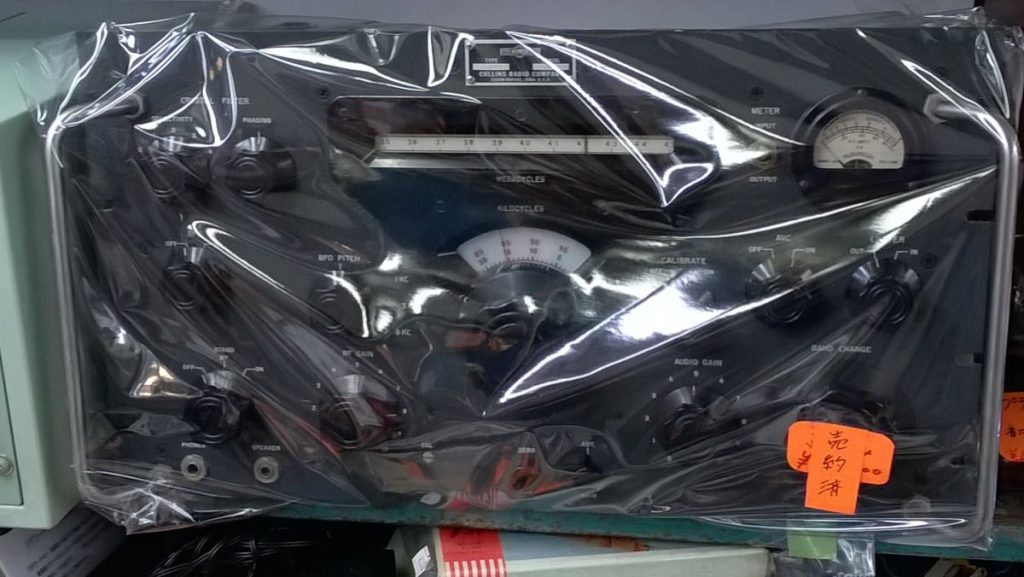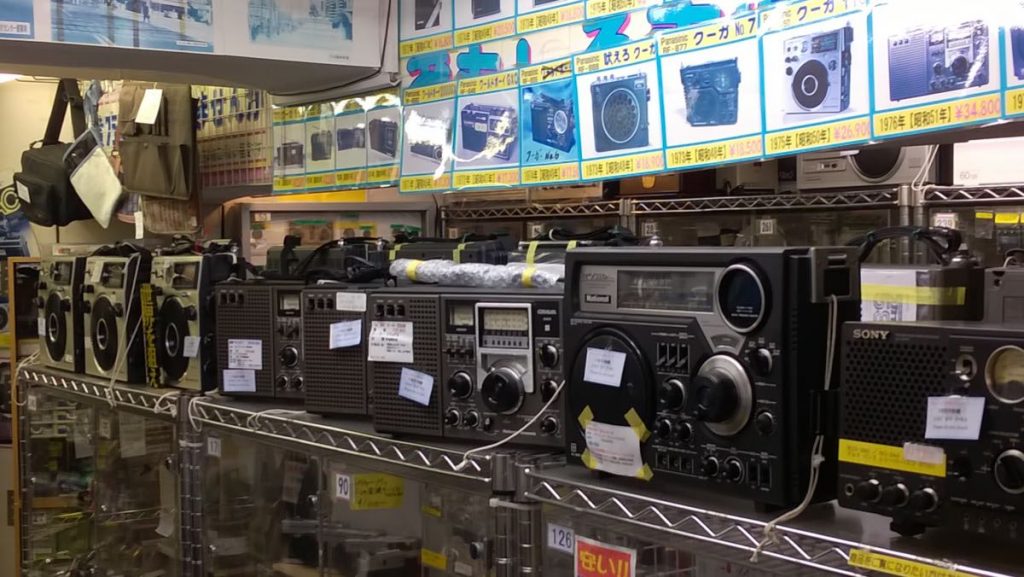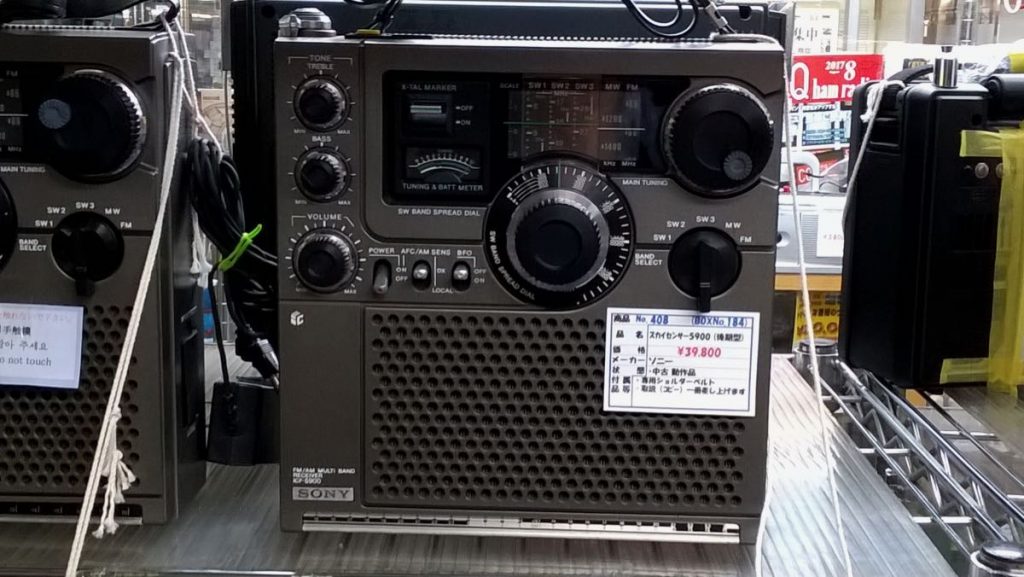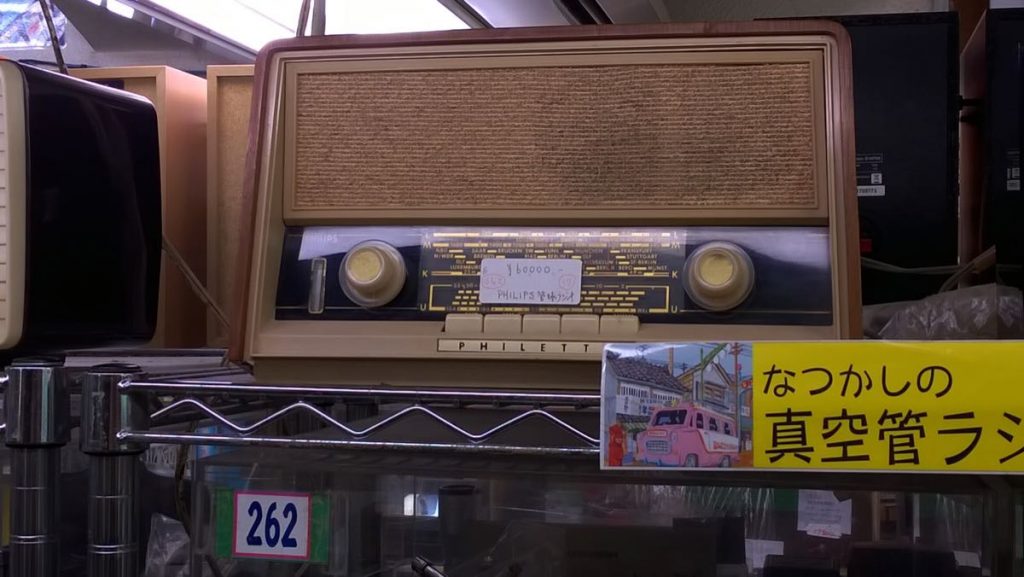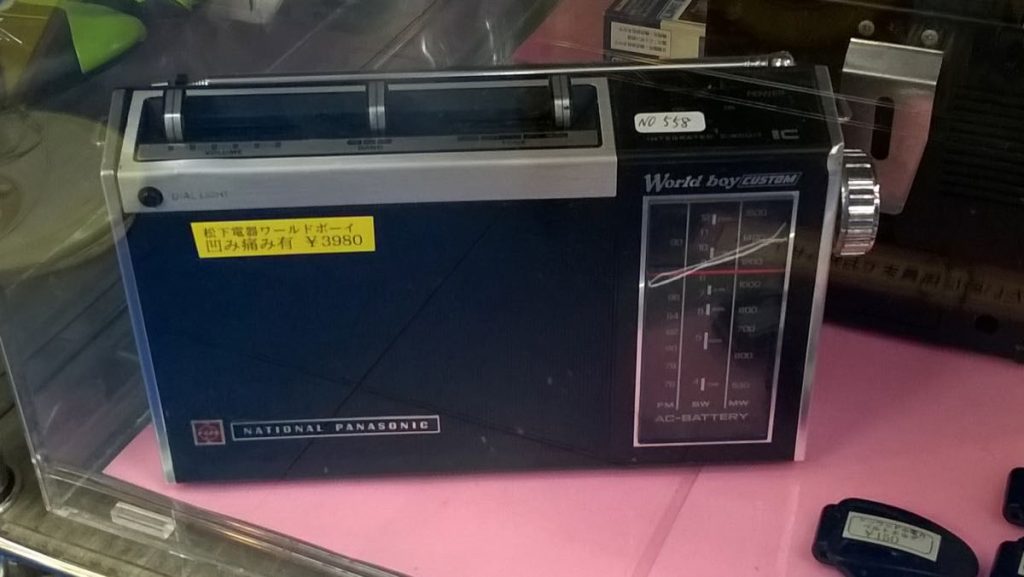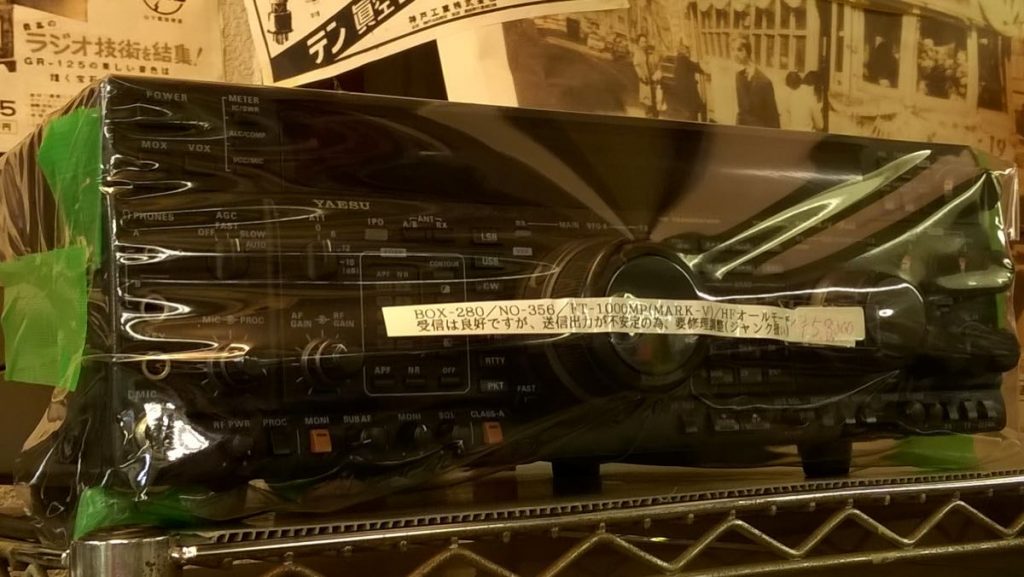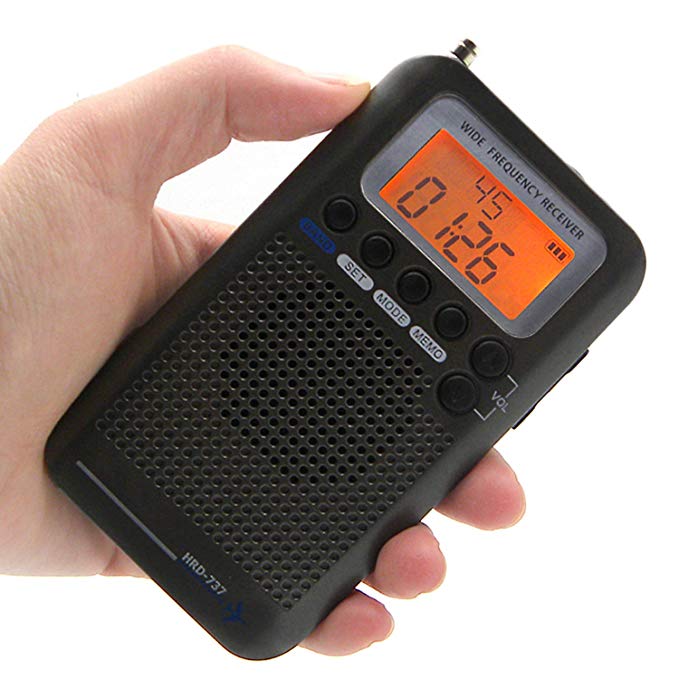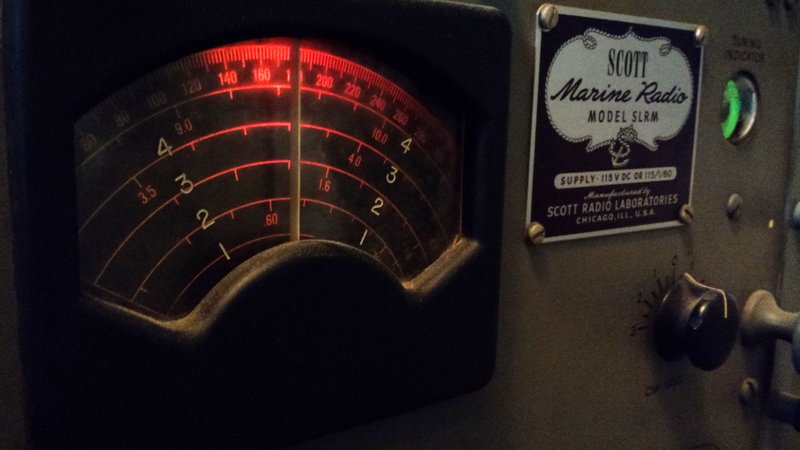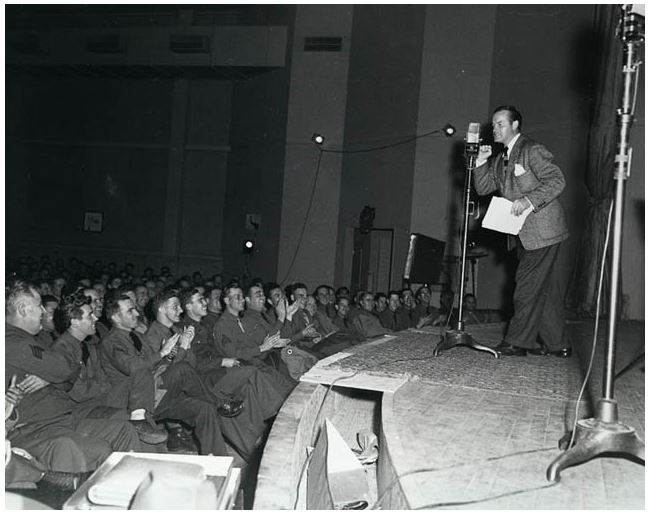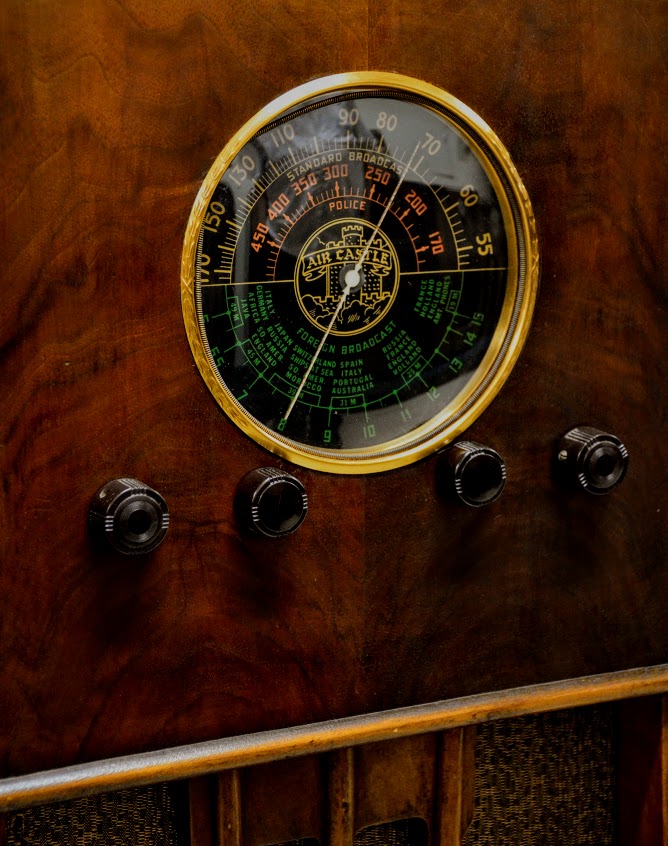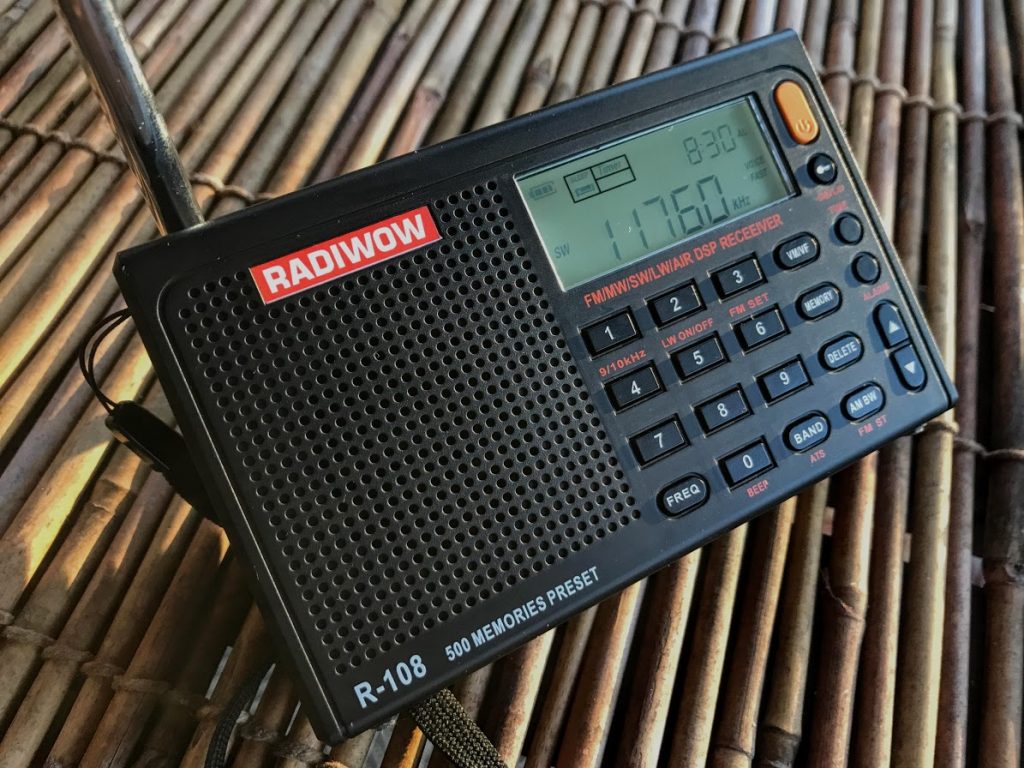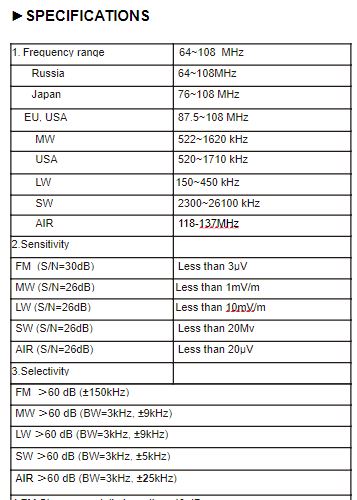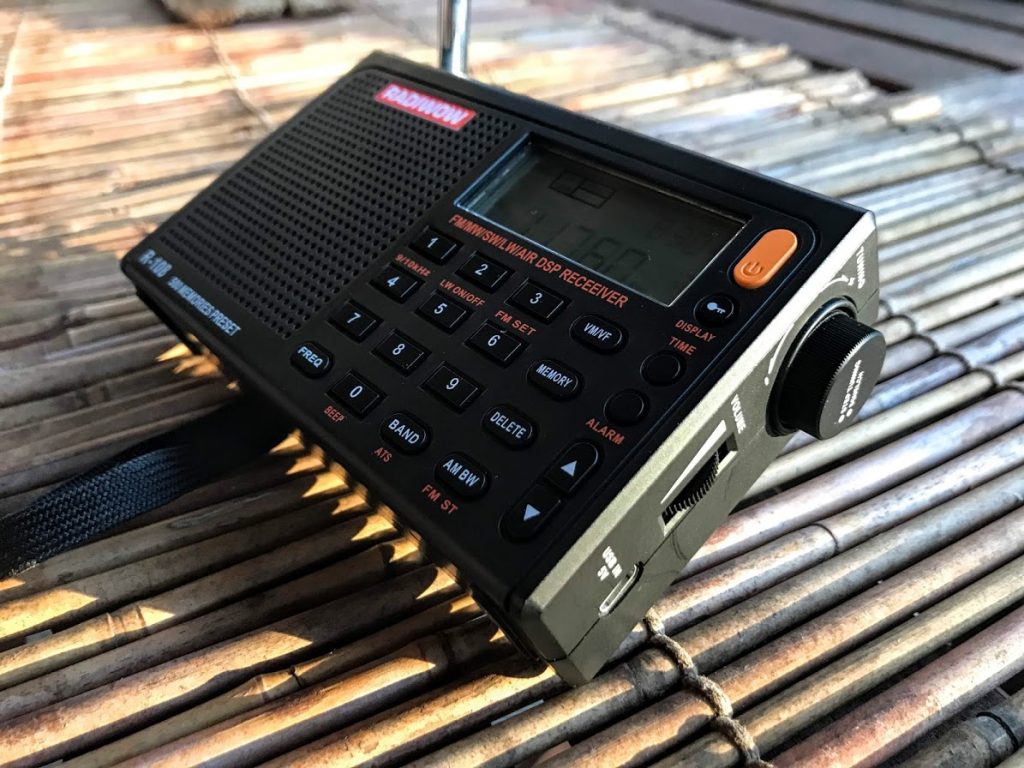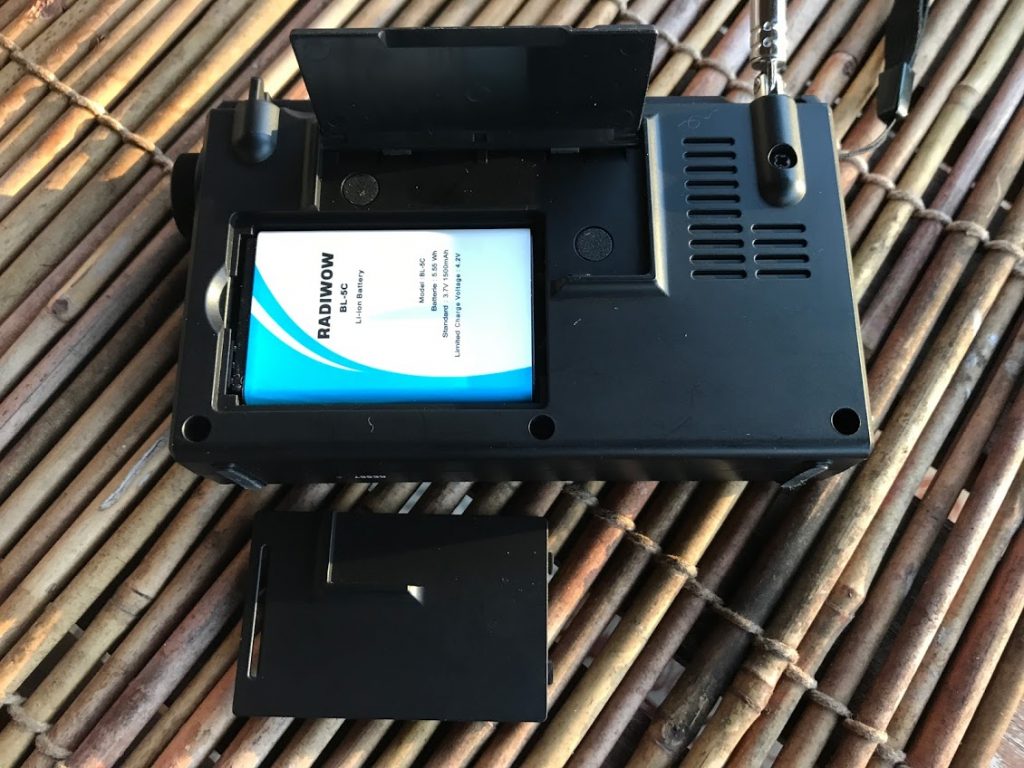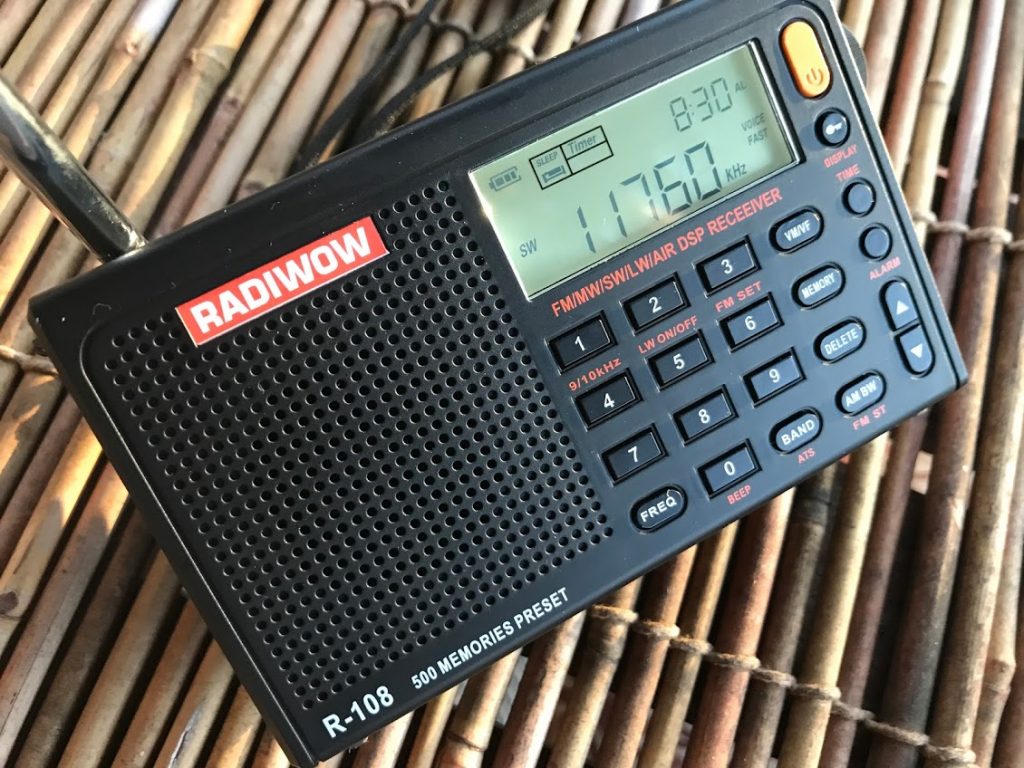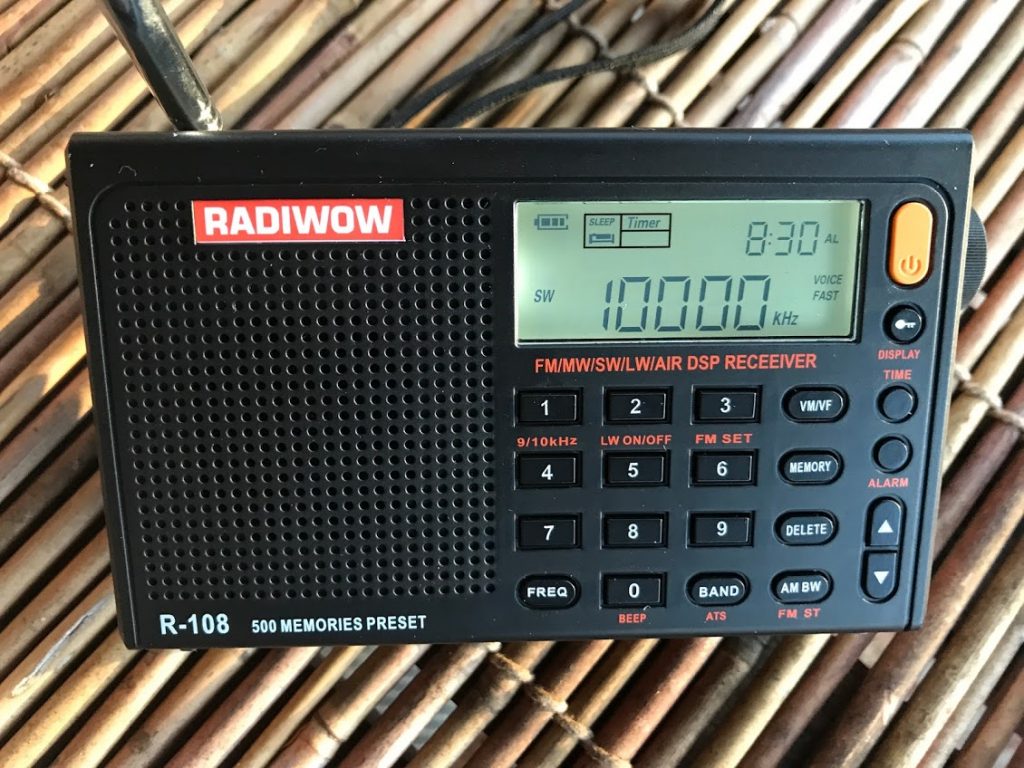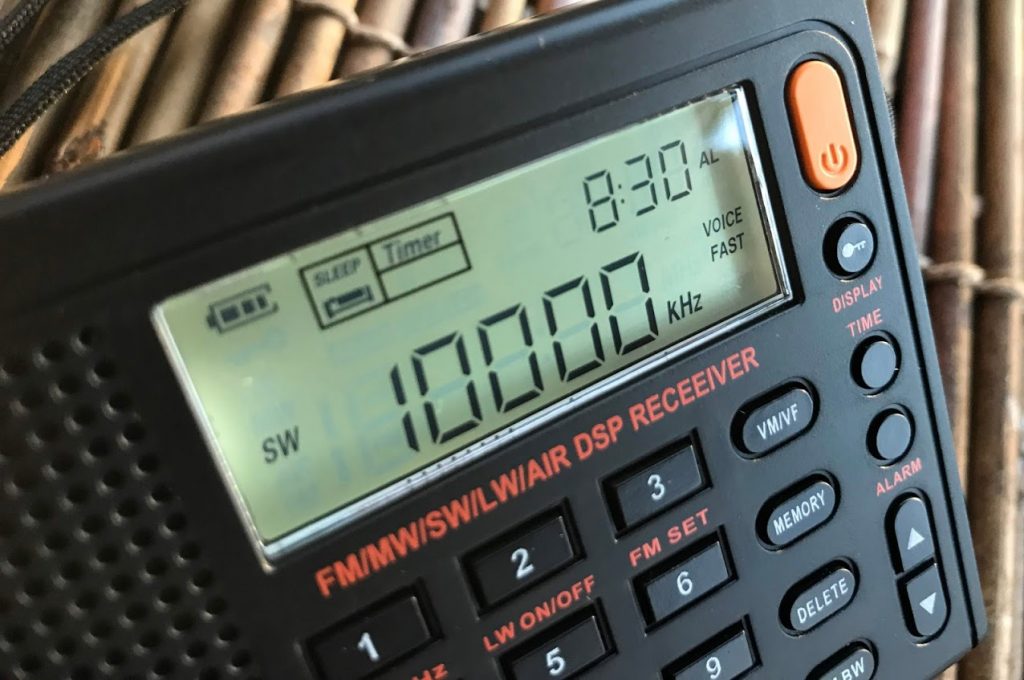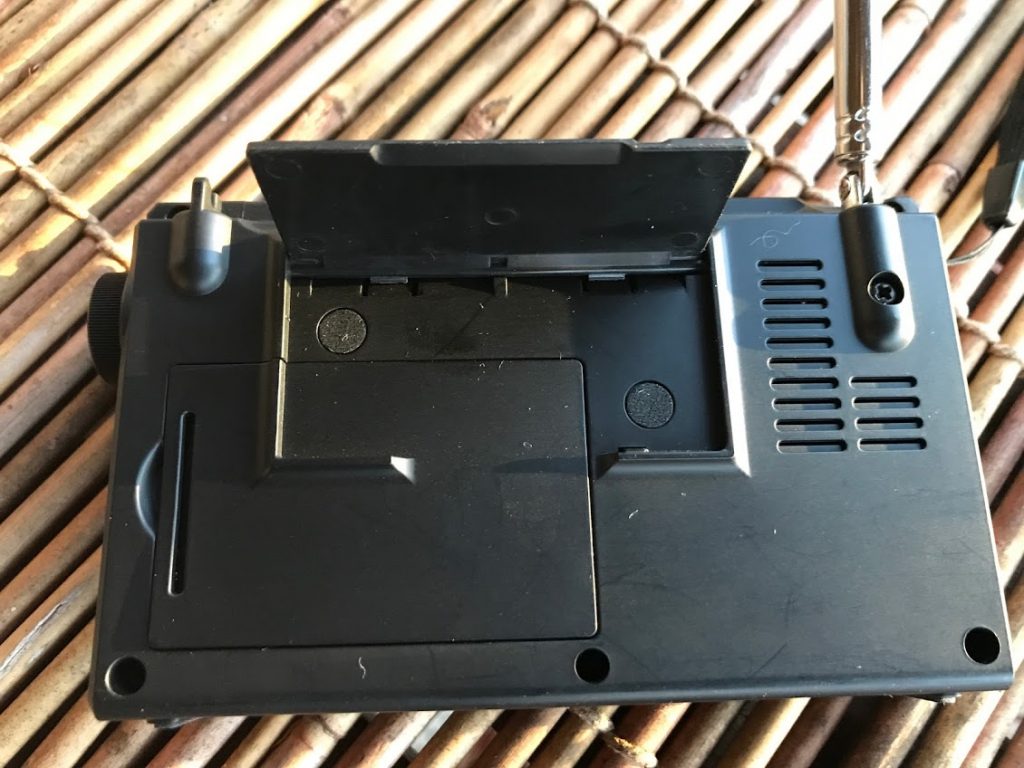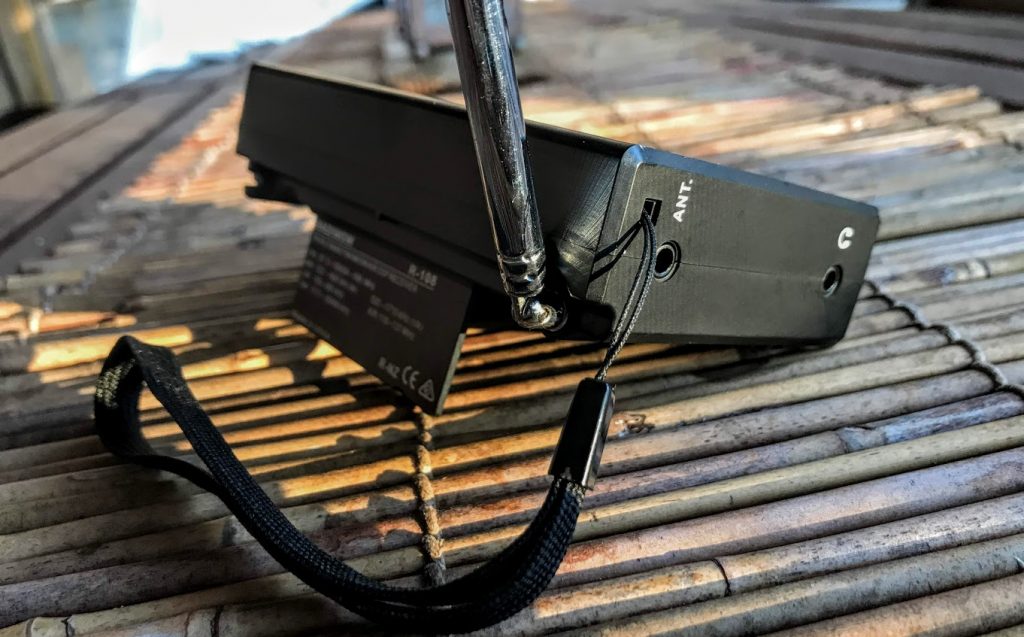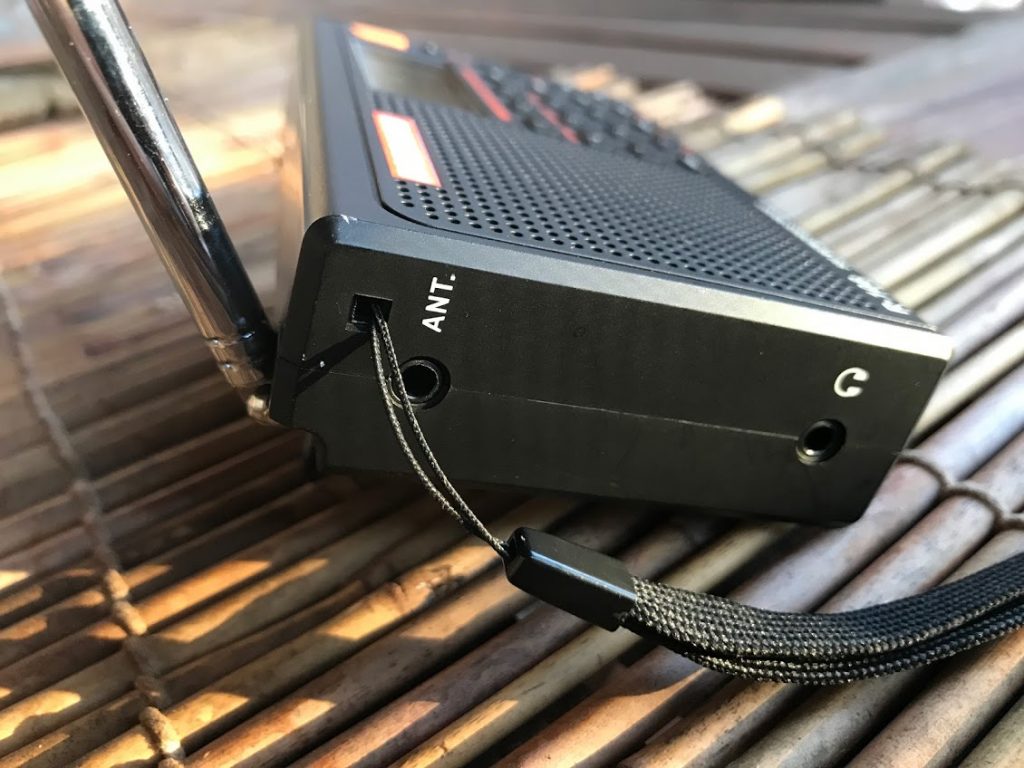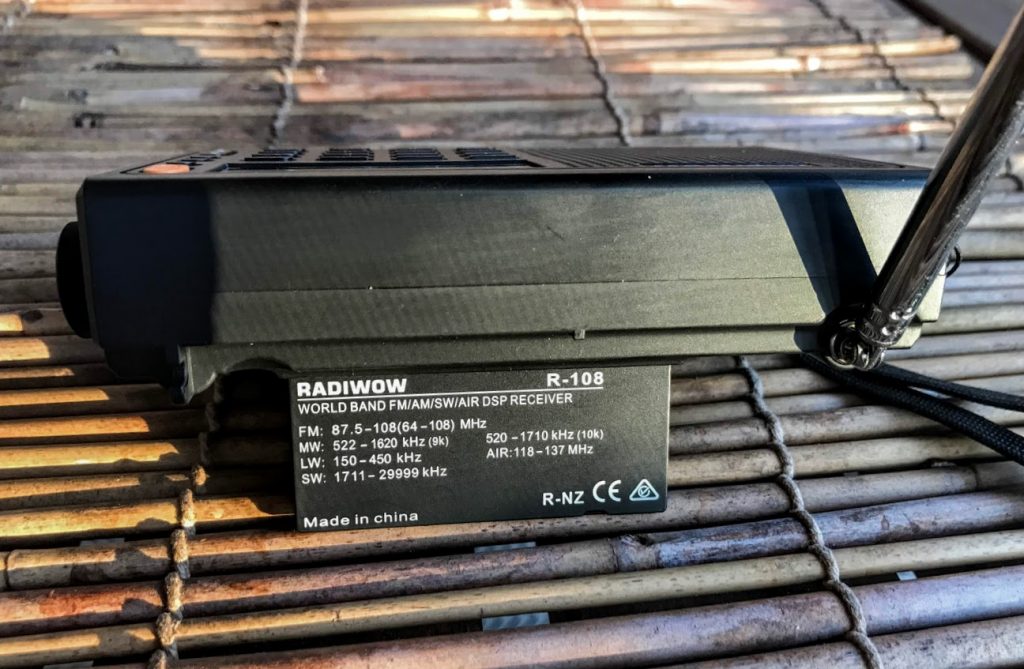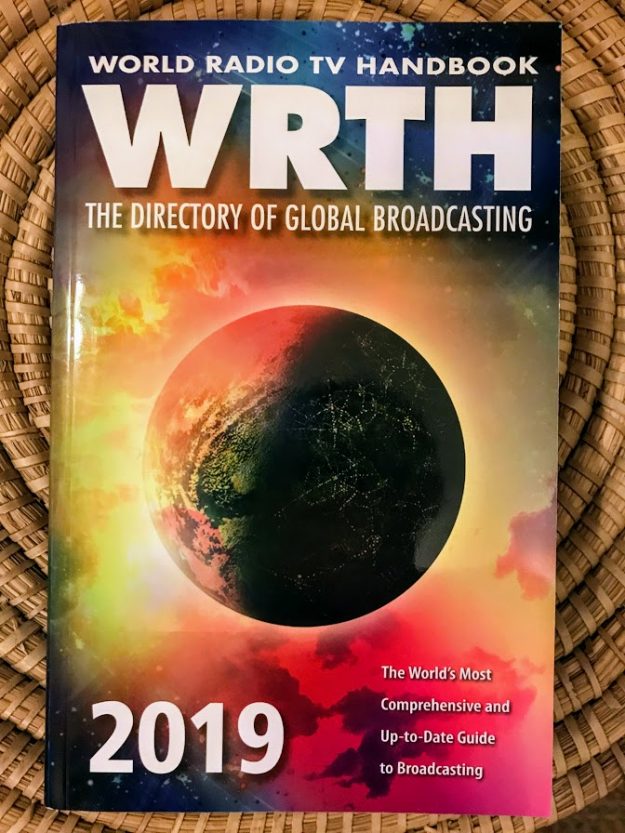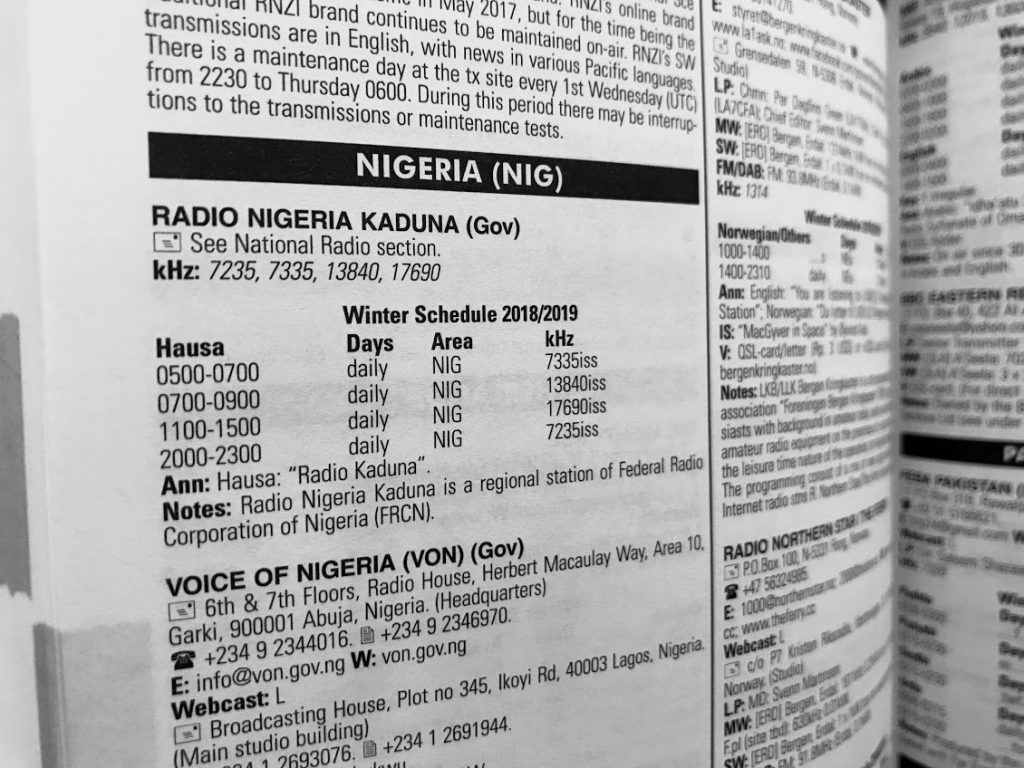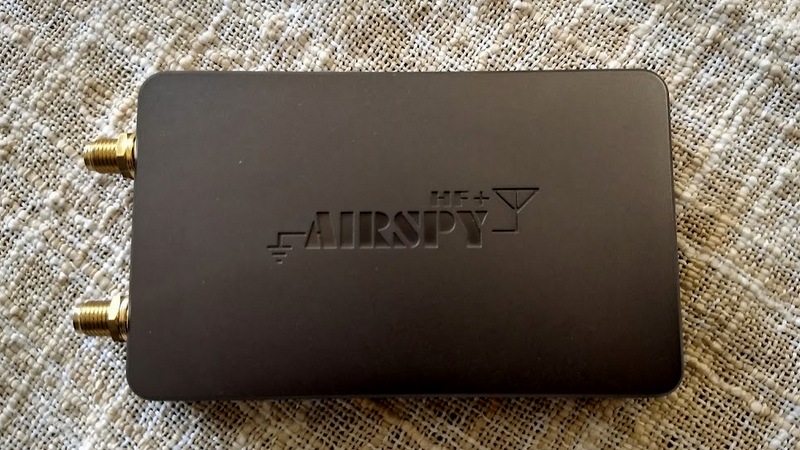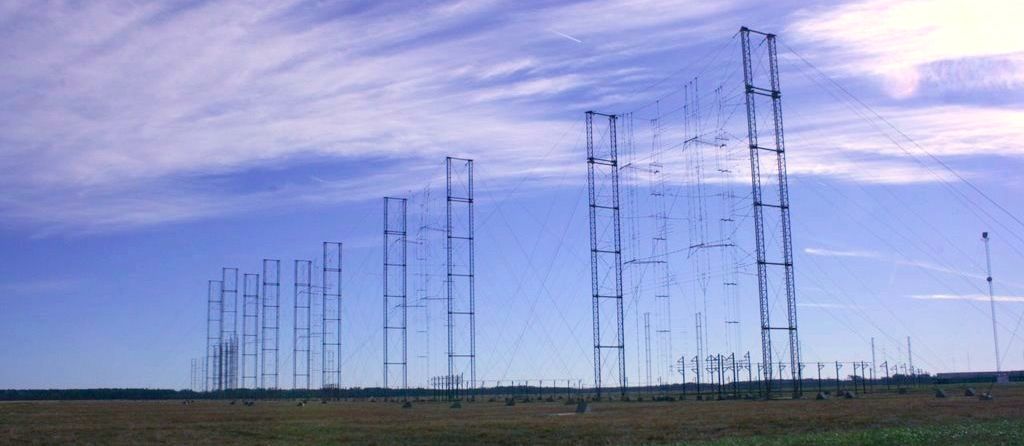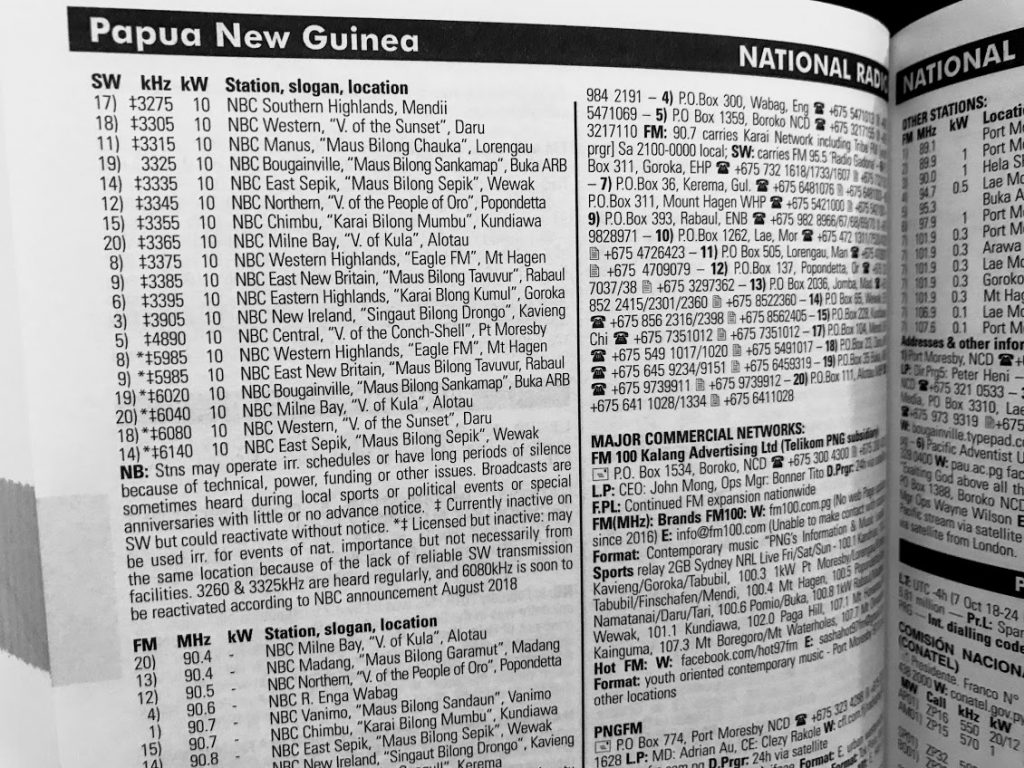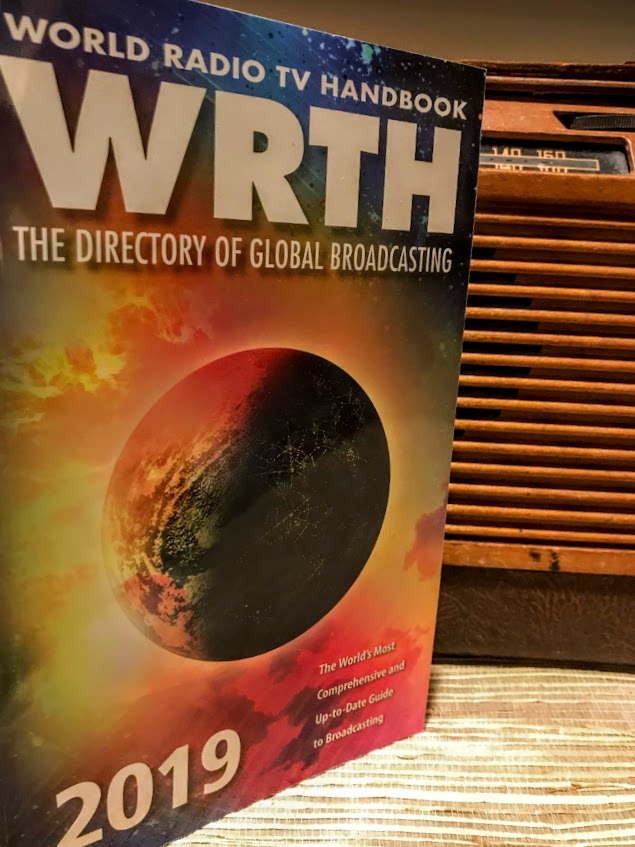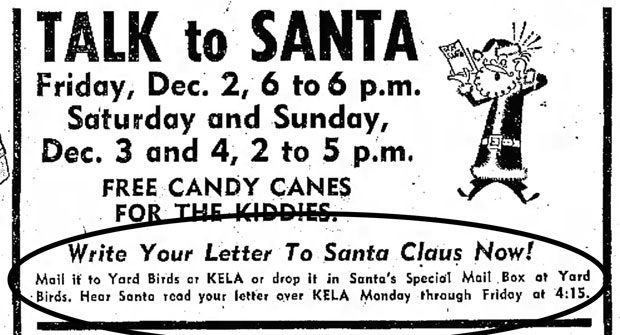Many thanks to SWLing Post contributor and word traveler, Chris Johnson, who shares the following:
This past year while traveling for business in Japan I decided to explore a district within the city limits of Tokyo known as Akihabara or better known to locals as the “Electronics District”.
After jumping off the train I found my senses bombarded by a cacophony of sounds and enough neon from the street to the sky to put your senses into overload. The streets were crowded and the stores were filled with every modern electronic device known to man.
My imagination ran wild, I started wondering what this place would have been like in the 1970’s when some of the most cutting edge electronics were CB radios or shortwave receivers, the different brands, models etc… Perhaps some of that still existed here so I started wandering the streets and found more of the same you would find in a big box store but multiplied by 10, overwhelming.
Just when I was ready to give up the search I turned the corner down a side street and discovered a red awning with “Tokyo Radio Department Store” emblazoned on it, I felt like I discovered a lost treasure amongst the modernity.
I walked through the main entrance and was immediately drawn down a maze of narrow corridors that were staffed with small stores and stalls that sold electronic parts both popular and obscure, it was incredible. That was just the first floor with 3 more above to discover, I thought to myself if I ever wanted to build a transmitter this is the one place in the world where you could shop and find all the parts you need.
As I ventured up the narrow stairs to the floors above once again I felt like I found a treasure of gold, before me were shelves and displays crammed full of radios, some I haven’t seen in many years and some from the recent past .
This was like a Hamfest and eBay together under one roof. Truly incredible as you will see in the pictures below. I couldn’t get close to some of the ones wrapped in plastic but maybe a sharp eyed enthusiast can Identify them. I highly recommend anyone traveling to this part of Asia to check out this hidden gem you will not be disappointed.
Thank you so much for sharing this photo tour, Chris! I mean…WOW! There are so many radio gems here. I see some classic solid-state receivers, ham radio transceivers and even valve gear I’ve never seen before. Amazing!
Thank you for taking the time to share your tour of the Akihabara district of Tokyo!
Post readers: Please comment if you’ve ever visited the Akihabara district or any other “Radio Row” districts in the world. please consider sharing your photos!
Do you enjoy the SWLing Post?
Please consider supporting us via Patreon or our Coffee Fund!
Your support makes articles like this one possible. Thank you!




